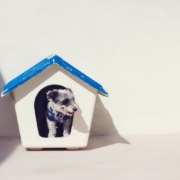When shopping for a bed for your dog, there are several factors to consider in order to ensure your pup’s comfort and enjoyment. As opposed to human beds, dog beds come in a variety of shapes, styles, and sizes. Your dog spends the majority of the day taking naps and so choosing the right bed for your dog is vital to his or her health, comfort, and quality of life.
The first step to choosing the right bed for your dog is to observe your dog’s sleeping habits. Note the position your dog favors while sleeping, whether it be curled up or sprawled out, and how often he or she changes positions throughout the course of a nap. Keep track of where and when your dog sleeps – does she like to curl up in a spot of sunlight on the couch, or does she prefer to sleep on a hard surface in the shade? When choosing a dog bed, you’ll want to upgrade your dog’s current preferred sleep routine while matching her preferences as closely as possible in order to ensure continued use.
Next, you should assess your dog’s physical attributes. First and foremost, you’ll need to know your dog’s size. This may seem obvious, but there are different styles of beds for different sizes of dogs – a toy boxer may enjoy a novelty bed no larger than a footstool while a German shepherd will require a much larger bed. A general rule of thumb is to add twelve inches to the length of your dog and shop for beds in that range. If your dog is still growing, keep this in mind and shop for a larger bed your dog can grow into.
Now that you know your dog’s sleeping habits, preferences, and have a general size range to shop for, look at what styles of bed are available for your dog. Shapes and styles of dog beds vary greatly and take into account the laying position of dogs as well as other factors, such as indoor or outdoor use, climate, and fabrics. Designer dog beds intended for indoor use can seamlessly match your furniture, while outdoor beds can provide exquisite comfort at no expense to durability. Find a bed that matches your dog’s sleeping style – round for dogs that like to curl up, long for dogs that like to stretch out, or larger platform or sofa styled beds for dogs that frequently change positions in their sleep.
When shopping for dog beds, also consider the style of fabric used in the filler and upholstery. Choose quality materials in order to ensure your dog’s comfort, health, and the durability of the bed. Older dogs with bone conditions such as arthritis will benefit from dog beds filled with special orthopedic materials. Younger, healthier dogs can enjoy solid or poly-fill beds just the same, though poly-fill offers the benefit of maximized comfort. Dog beds featuring refillable cedar chips repel fleas and other pests.
Construction is another important consideration to make when shopping for a bed. Firmness and density of the filler material should be chosen based on your dog’s current sleeping habits. Try to match the give in your dog’s favorite couch or bed. Be aware of certain terms: loft or high loft beds retain their spring longer than solid foam mattresses, and baffled chambers keep Poly-fill from shifting and distorting the bed’s shape.
Some dog beds allow for air flow to keep your dog cool in the hot summer months while others offer cushy warmth for winter weather. Select this portion of the dog bed design based on the climate of your home.
Specialty dog beds exist for a variety of different dog types. Older, arthritic or ill dogs can benefit greatly from orthopedic beds made with specialty materials and heated mattresses. Younger, more active puppies will use bite and tear-proof beds for their intended purpose, rather than as chew toys. Dogs with allergies will appreciate sleeping on hypo-allergenic materials.

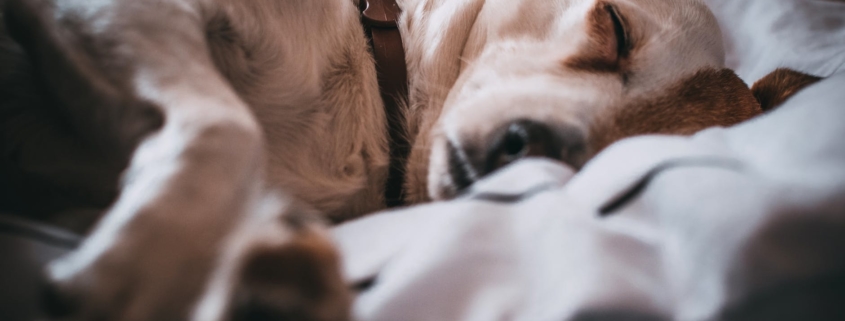

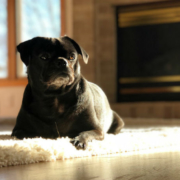

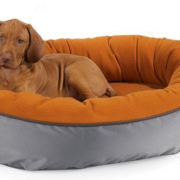
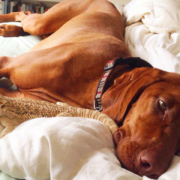 beardeddragon.org
beardeddragon.org 